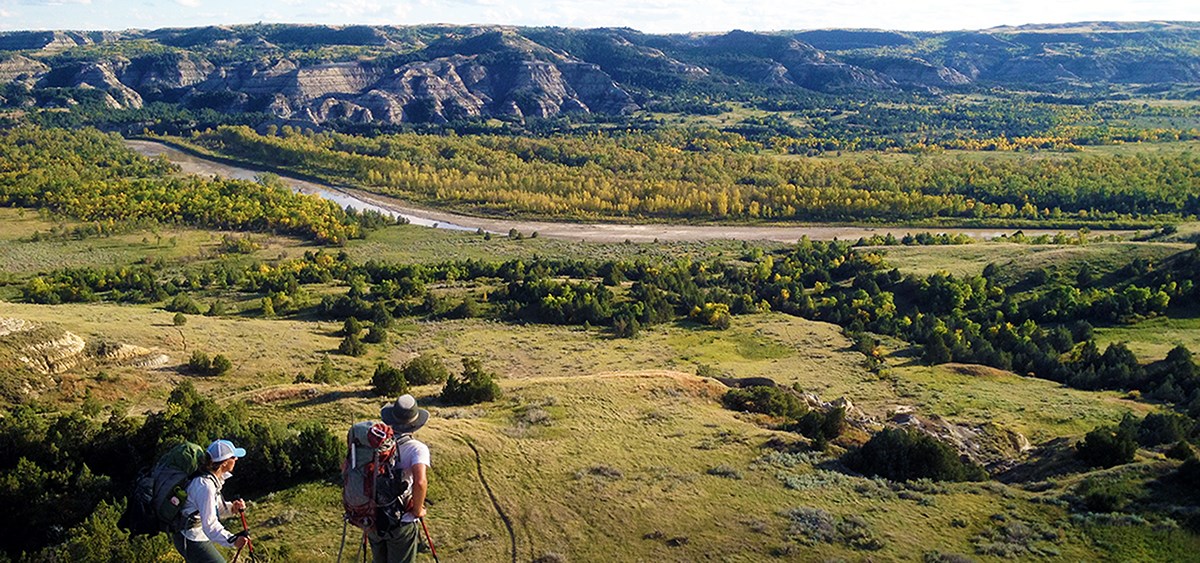
NPS/J. Ladd
Importance
The quality of air in national parks can significantly affect park resources such as vegetation, soils, water, buildings, and monuments, as well as park visitors. Visibility, for example, has a strong impact on a visitor's experience and perception of a national park. In some instances, air pollutants such as ozone, sulfur dioxide, or particulate matter can reach concentrations that injure plants or cause adverse health effects to people visiting or working in parks.
Monitoring Objectives
-
Collect hourly, daily, or weekly measurements of ozone, wet/dry deposition (nitrogen compounds, mercury, and sulfur oxides), visibility, and particulates at Badlands National Park, Theodore Roosevelt National Park, and Wind Cave National Park.
-
Supplement National Park Service Air Resource Division and regional monitoring by collecting, hourly, daily, or weekly measurements of ozone amount, nitrogen deposition, and/or mercury deposition at other selected Northern Great Plains Network parks.
-
At the spatial scale of individual parks, sub-region (e.g. Black Hills), and entire Network, collaborate with Air Resource Division to report seasonal and annual descriptive statistics and to determine temporal variability and long-term trends of selected stressors that have the potential to cause large changes in vegetation composition and structure (ozone or nitrogen deposition) or to contaminate aquatic systems (mercury).
For air quality, most data come from existing monitoring by National Park Service Air Resource Division, states, and from interpolations/model-based inference from the regional network of stations. To learn more about air quality in national parks, visit the Air Resource's interactive map web page.
Vital Signs
Ozone
Wet and Dry Deposition
Visibility and Particulate Matter
Air Contaminants
Last updated: September 28, 2022
